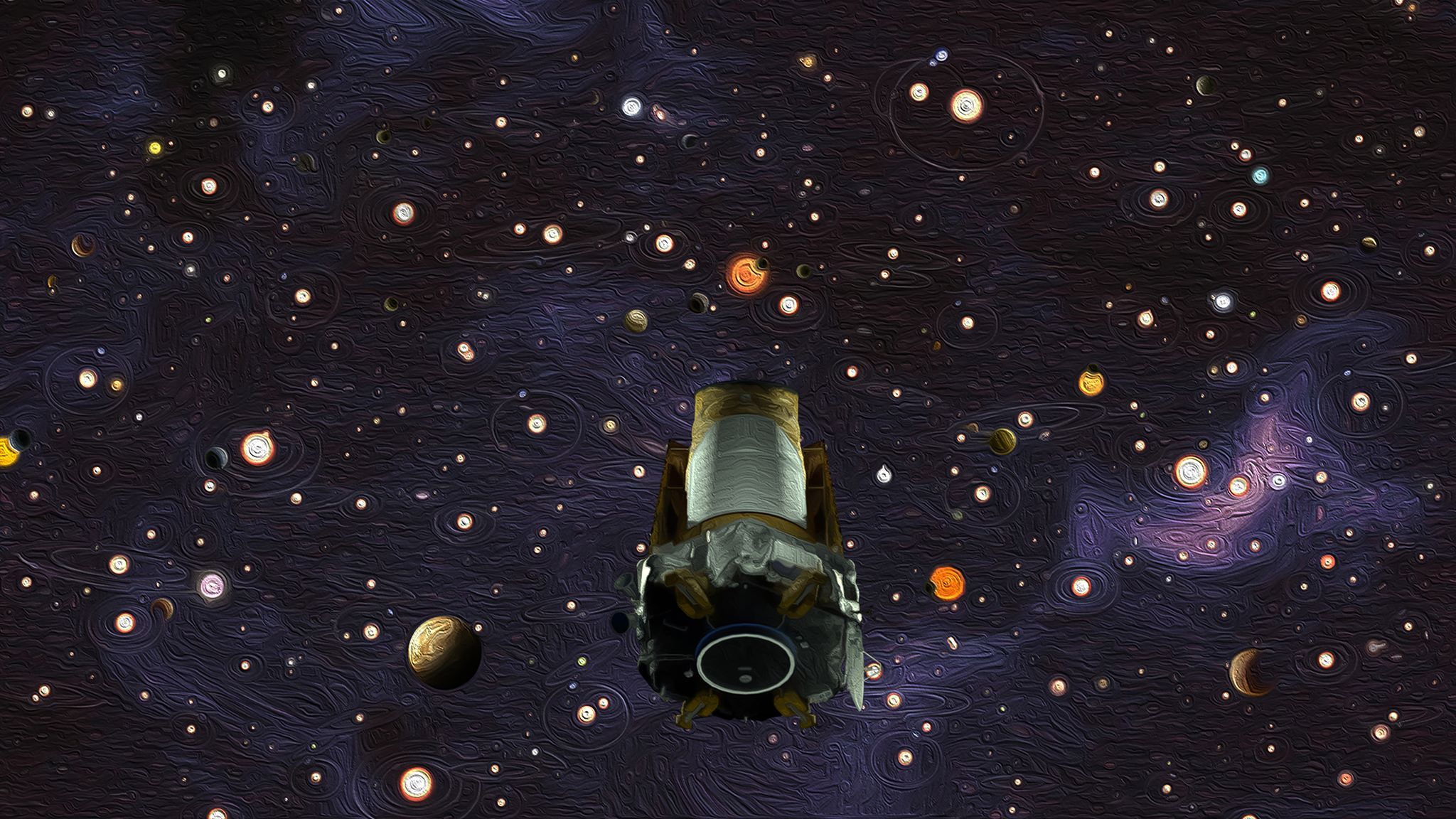‘Something terribly new’ goes bump in data yet to be confirmed by Atlas detector.
Get the latest international news and world events from around the world.

Europe shows first cards in €1-billion quantum bet
The Quantum Flagship was first announced in 2016, and on 29 October, the commission announced the first batch of fund recipients. The 20 international consortia, each of which includes public research institutions as well as industry, will receive a total of €132 million over 3 years for technology-demonstration projects.
One of the most ambitious EU ‘Flagship’ schemes yet has picked 20 projects, aiming to turn weird physics into useful products.


190 universities just launched 600 free online courses. Here’s the full list
If you haven’t heard, universities around the world are offering their courses online for free (or at least partially free). These courses are collectively called MOOCs or Massive Open Online Courses.
In the past six years or so, over 800 universities have created more than 10,000 of these MOOCs. And I’ve been keeping track of these MOOCs the entire time over at Class Central, ever since they rose to prominence.
In the past four months alone, 190 universities have announced 600 such free online courses. I’ve compiled a list of them and categorized them according to the following subjects: Computer Science, Mathematics, Programming, Data Science, Humanities, Social Sciences, Education & Teaching, Health & Medicine, Business, Personal Development, Engineering, Art & Design, and finally Science.

Discovery of cancer ‘kill code’ could inspire new treatments
I have always said the trick with being diagnosed with cancer is living long enough to see newer and better therapies coming out to help you outlive your own diagnosis:
Scientists at Northwestern University have discovered a “kill code” in every cell of the body that’s triggered by chemotherapy and that causes cancerous cells to self-destruct. What’s more, they’ve learned enough about the code that they’ve figured out how to trigger it without chemo—a finding that they believe could lead to new therapies.
The discovery, reported in the journals Nature Communications and eLife, is a code that’s found in both large and small ribonucleic acids (RNAs). The researchers also have early evidence that the small RNAs, called microRNAs, can be introduced into cells to trigger the kill switch.
“My goal was not to come up with a new artificial toxic substance,” said lead author Marcus Peter, Ph.D., a professor of cancer metabolism at Northwestern’s Feinberg School of Medicine, in a statement. “I wanted to follow nature’s lead. I want to utilize a mechanism that nature developed.”


Mysterious 900 MILE long ‘plume’ cloud spotted on the surface of Mars near a giant volcano
What the hell is this?!

Apple Releases iOS 12.1 With eSIM Support, Real-Time Depth Control, Group FaceTime, New Emoji and More
Group Facetime. I think this means we are closer to platforms that can support Virtual Reality… #Holodeck
Apple today released iOS 12.1, the first major update to the iOS 12 operating system designed for the iPhone and the iPad. iOS 12.1 comes more than a month after the September release of iOS 12 and a few weeks after iOS 12.0.1, a bug fix update.
The update is available on all eligible devices over-the-air in the Settings app. To access the update, go to Settings — General — Software Update. As with all iOS updates, iOS 12.1 is free to download.
